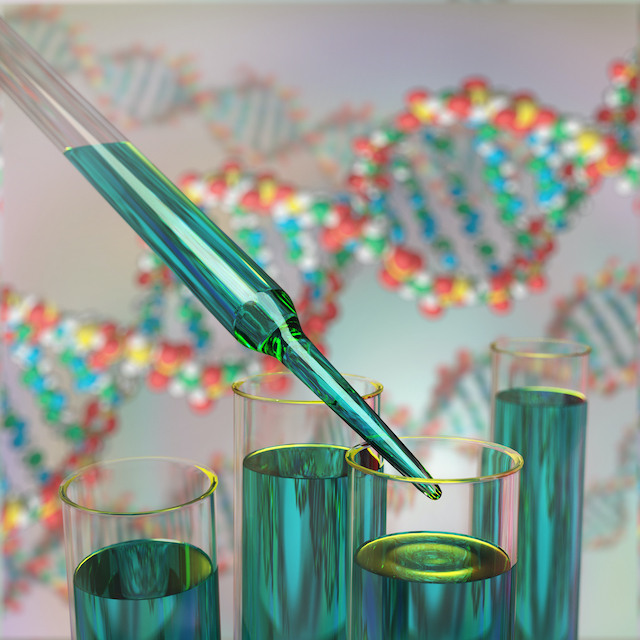
Positive displacement pipettes are crucial players in the laboratory liquid handling toolbox.
Positive displacement pipettes are crucial players in the laboratory liquid handling toolbox. Volatile liquids vaporize, losing volume when you’re in contact with air. Viscous liquids, because of their density, might expand or compress air while pressurized in a moving or closed chamber. For these reasons, these two classes of liquids can’t be handled using standard air displacement pipettes. Instead, liquid handling involving viscous or volatile liquids requires a specialized tool for liquid transfer: the positive displacement pipette. You’ve come to the right article to learn more about positive displacement with pipettes. Read on to learn more!
Pipette Manufacturers with Displacement Pipetting
Pipette manufacturers will offer both a single-aspiration or dispense version and a repeater version of the positive displacement pipettes. The single-aspiration and dispense versions of pipettes are essential for positive displacement. In addition to explaining the construction and the mechanics of displacement pipettes, it will offer summaries of where positive displacement pipettes play a considerable role.
How Exactly Does Pipette Displacement Work?
While the working principles are almost the same, one of the primary differences between air displacement pipettes and positive displacement pipettes is the absence of an air interface between the piston and the aspirated liquid within the latter. Without an air cushion, measurement accuracy is significantly enhanced, and even liquid samples that are very viscous, extraordinarily volatile, or hazardous could be pipetted with simplicity. There are a few steps for operating a positive displacement pipette.
- Set Up the Needed Volume: this will move the piston to the proper start position.
- Prepare to Aspirate: Hold the pipette vertically and press the plunger button to the first stop position. This makes the piston go down to the end of the capillary.
- Aspirate your Sample: Immerse the tip below the surface of the liquid sample and slowly release the plunger so it moves up towards the home position. The piston will then move up, and the desired volume of liquid will be forced through the orifice and into the capillary.
- Dispense your Sample: To dispense the liquid from your capillary, press the plunger button towards the first stop position.
To learn more about positive pipette displacement and how to do it in your lab, visit the Lab People today!
FOR ALL ISO 17025 CALIBRATION SERVICES, CONTACT LAB PEOPLE TODAY
Lab People Inc. is a trusted provider of laboratory equipment, services, supplies, and rental equipment for you and your laboratory. As an ISO 17025 accredited service organization, we stand behind our services with 100% satisfaction guaranteed for all our customers. We offer on-site and off-site calibration services for balances, pipettes, moisture analyzers, force measurement, test weights, and more. Services include preventative maintenance, SQ-Min, IQOQ, repairs, legal for trace/placed in service, verification, and more.
For more information about how we can assist you, visit our website, email us, or call us at 1-800-296-2001!
